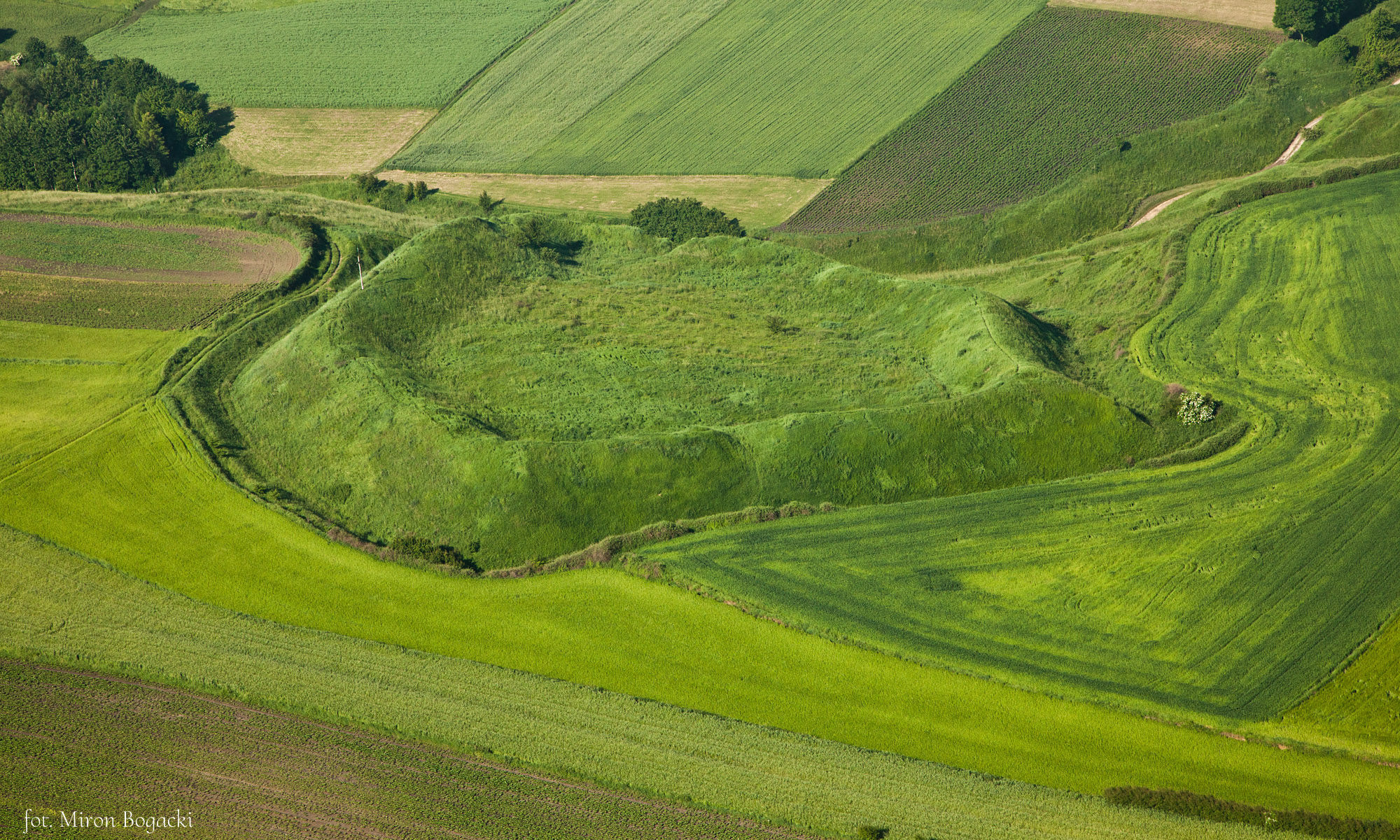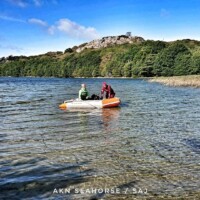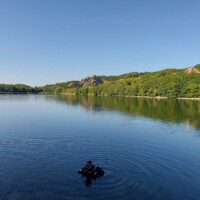Person conducting excavation: prof. Bartosz Kontny
Country: Danmark
Site name: Hammersø Lake, Bornholm
Type of the site:
Involved institutions: Faculty of Archaeology, University of Warsaw; Bornholms Museum
Dating: late Middle Ages-modernity
Description of the research: Since 2019 an archaeological team from the Faculty of Archaeology, University of Warsaw has been conducting underwater survey in a postglacial Lake Hammersø, in collaboration with the Bornholm Museum in Rønne. The only tarn in the territory of Denmark is located in the Hammeren region, i.e. the northernmost part of Bornholm (55°16′58″N, 14°45′54″E). It is the largest lake on the island, measuring ca. 650×150 metres with the maximum depth of ca. 13 metres. The project revealed certain phenomena from the lake’s past. A few phases of occupation may be singled out, offering a longue durée sequence of habitation in the area, from the Middle Ages until now. The most fascinating are late medieval/early modern episodes. The martial one is documented by the discoveries of several crossbow bolts and an arrowhead. With another, possibly of a ritual character, one may associate a find of a lugged spearhead and possibly also an axe. There are non-military late Medieval finds as well: ring-shaped brooch and a seal stamp. All of them give a promising perspective for combining with the history of the Hammershus castle – the largest medieval structure of that type in northern Europe – situated ca 1.5 kilometres as the crow flies. The relics of contemporary human water-related activities were also discovered in the basin: three wrecks of tourist plank-boats from the turn of the 20th century, which might be associated with the hotel’s presence, and a number of metal objects; their presence resulted from the stone industry, active until AD 1970. One may add to the list numerous fishing hooks and lures (not collected), proving the twentieth-century fishing – apparently not very intensive.



